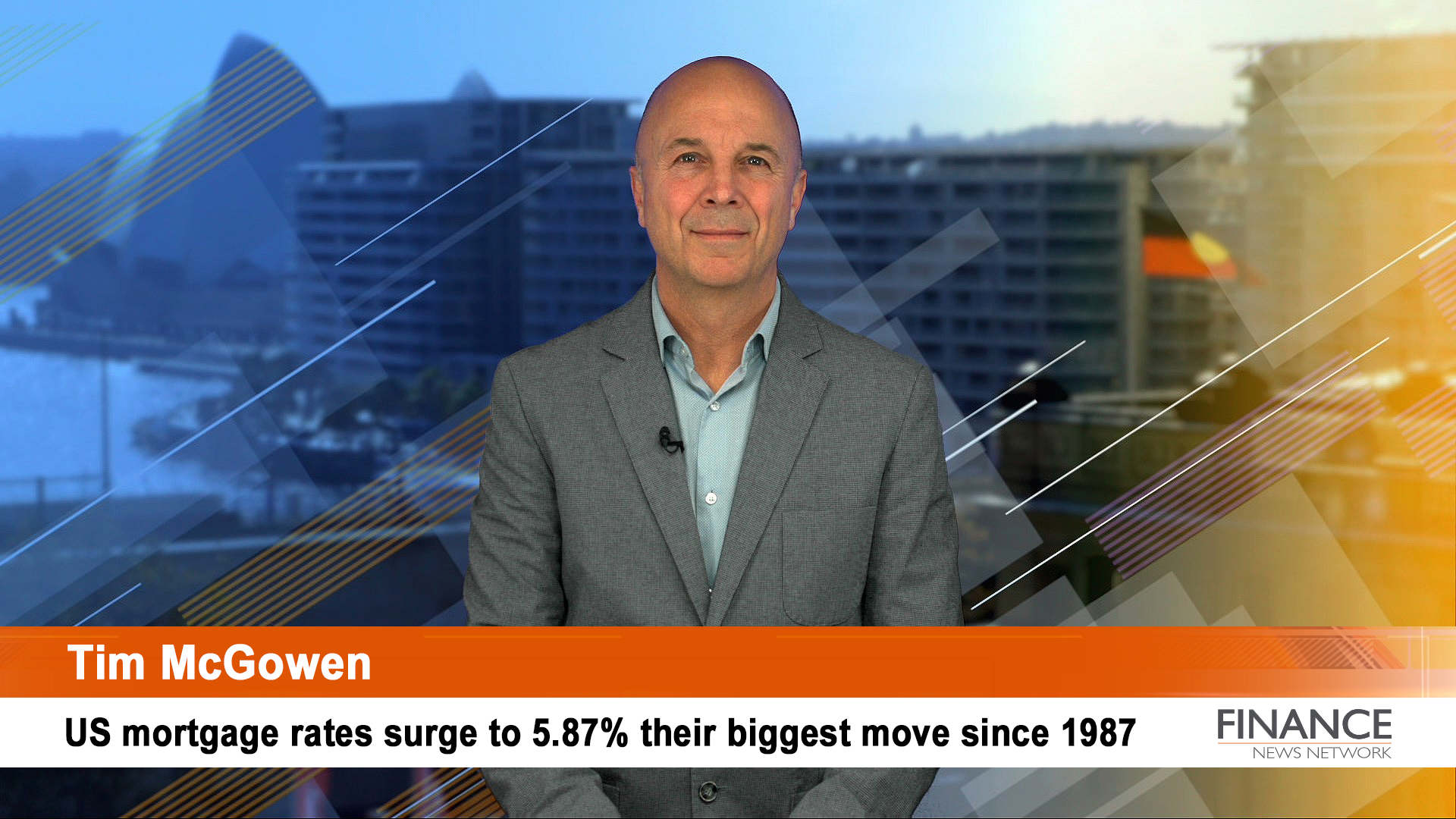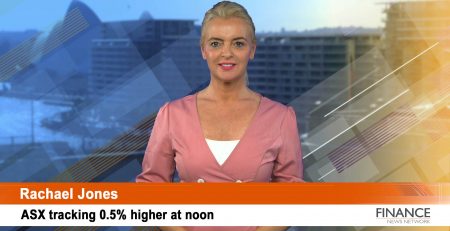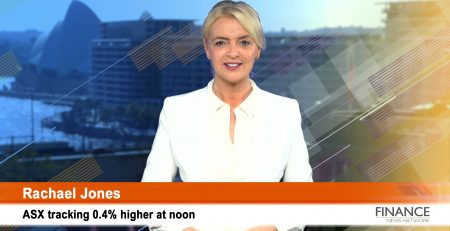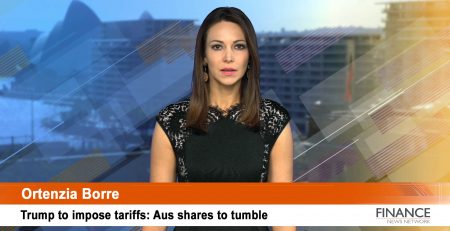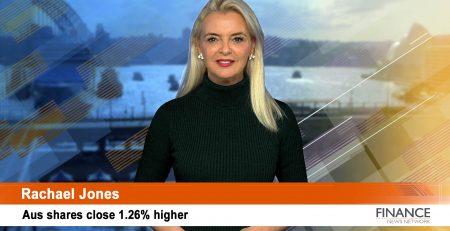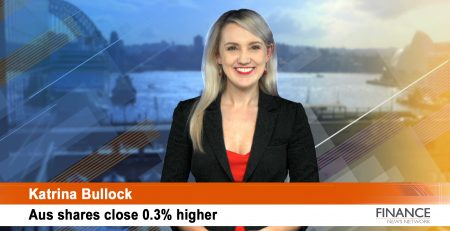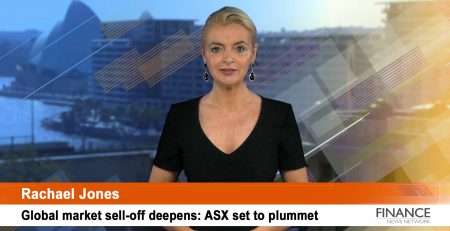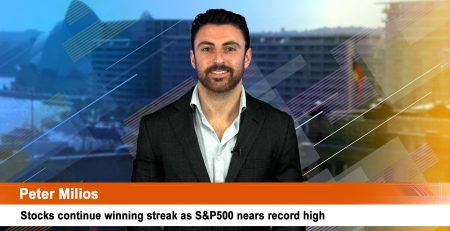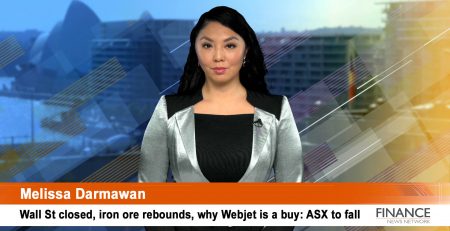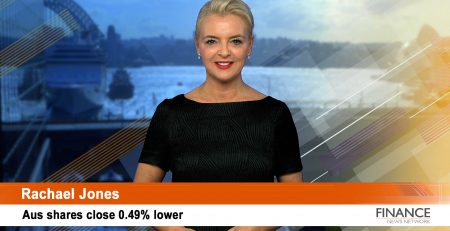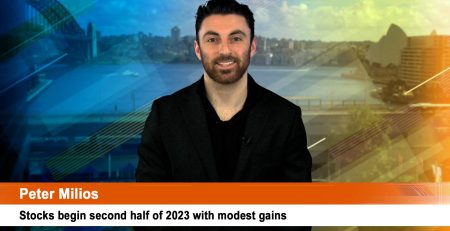US mortgage rates surge to 5.87% their biggest move since 1987
If you would like to listen or watch the outlook report, it's a different version to this – click here in 15 minutes. Thanks for tuning in!
US equities came under notable pressure in Thursday trading, with major indices more than erasing Wednesday's bounce.
The S&P 500 fell 3.2 per cent, while the Dow dropped 2.4 per cent, or 741 points closing below 30,000 for the first time since January 2021, NASDAQ dropped 4.1 per cent as volatility continued to rock the market.
Major indexes have notched big declines in 2022 as high inflation, rising interest rates and growing concerns about corporate profits and economic growth dent investors appetite for risk. The Dow is now down 18 per cent this year, while the S&P 500 is down 23 per cent and the tech-heavy Nasdaq has fallen 32 per cent.
Behind the numbers worst performing stocks were lithium companies, travel related companies, new energy related companies and tech giants like Tesla, Uber, Netflix and Apple. This expected recession will be a very good test of whether some technology and online business models are really as defensive as the market currently believes.
There was a switch to value as investors got defensive with companies like Procter& Gamble, Wal-Mart, Johnson& Johnson, Merk & some of the listed exchanges like CME Group.
Stocks fell across the board Thursday, with each of the S&P 500’s 11 sectors lower on the day. With no areas of outright strength. The energy sector, the only sector in positive territory for 2022, lagged behind the market with a decline of 6.1 per cent, despite the oil price settling up 2.0 per cent, near best levels.
Interestingly there’s talk of privatisation in the sector as Harold Hamm, the billionaire fracking pioneer who helped launch the U.S. shale boom, is looking to take Continental Resources Inc. private, offering about $4.3 billion in cash. Mr. Hamm said it no longer makes sense for Continental to be a publicly traded company, citing “a lack of support from the public market” for oil-and-gas companies particularly given the rise of ESG focused investment mandates.
In Europe, the Bank of England raised its key interest rate as expected to 1.25 per cent from 1 per cent, making its fifth move in as many meetings, and said larger moves might be required to tame inflation.
Further the Swiss central bank surprised with a 50bp rate hike, its first tightening move in 15 years. Several other central banks also raised rates today.
So what impact has rising rates had on the US consumer ? the obvious place to look is at US mortgage rates.
This week U.S. mortgage rates reached their highest levels in more than 13 years, the latest sign of market volatility associated with the Federal Reserve’s campaign to cool inflation. The average rate on a 30-year, fixed-rate mortgage rose to 5.78 per cent, mortgage-finance giant Freddie Mac said Thursday, the highest level since November 2008 and well above the 3.11 per cent recorded near the start of the year. Last week, Freddie Mac reported an average mortgage rate of 5.23 per cent.
Now that’s a mortgage rate that would terrify Australian consumers.
The surge marks the largest weekly increase since 1987, Freddie Mac said. It stands to add to the pressure on U.S. house prices, which remain strong despite rising rates and tumbling affordability.
Housing starts plunged 14.4 per cent in May to 1.549 million annualised units, the lowest in 13 months. Weekly jobless claims data showed 229,000 Americans applied for unemployment benefits in the week ended June 11. The job market has been an area of strength for the economy, but fed officials have signalled that weaker employment figures may be a necessary consequence of the central bank’s effort to control inflation.
The US Dollar index was down 1.4 per cent with outsized declines on the major crosses. With AUD was o.6 per cent higher,
Gold finished up 1.7 per cent with the majority of gold stocks performing strongly overnight
Iron ore futures point to a 3.6 per cent fall.
Bitcoin declined 3 per cent, according to CoinDesk, putting it on course to fall for a 10th consecutive day.
In Australia today, the ASX futures are down 135 points of 2.09 per cent to 6325, a decent fall considering our market closed on its lows yesterday afternoon.
Keep an eye on Australian baby milk companies – like Bubs (ASX:BUB) & A2 Milk (ASX:A2M), after Abbott Laboratories paused production at a Michigan baby formula plant. Thunderstorms caused flooding in part of the plant, another obstacle for Abbott as it seeks to ramp up production to alleviate a nationwide shortage of baby formula. The Australian players would have to be on the radar of international players at the moment.
Figures around the globe
Across the Atlantic, European markets closed lower. Paris dropped 2.4 per cent, Frankfurt lost 3.3 per cent, while London’s FTSE closed 3.1 per cent lower.
Asian markets closed mixed, Tokyo’s Nikkei added 0.4 per cent, Hong Kong’s Hang Seng lost 2.2 per cent while China’s Shanghai Composite fell 0.6 per cent.
Yesterday, the Australian sharemarket fell 0.2 per cent to 6591.
Ex-dividend
There is one company set to trade without the right to its dividend.
Virtus Health (ASX:VRT) is paying 30 cents fully franked
Dividend-pay
There are six companies set to pay eligible shareholders today
Elders (ASX:ELD)
Nufarm (ASX:NUF)
Partners Group Global Income Fund (ASX:PGG)
Technology One (ASX:TNE)
United Malt Group (ASX:UMG)
WAM Capital (ASX:WAM)
Commodities
Iron ore has lost 1 per cent to US$129.50. Its futures point to a 3.6 per cent fall.
Gold has gained $30.30 or 1.7 per cent to US$1850 an ounce. Silver was up $0.47 or 2.2 per cent to US$21.98 an ounce.
Oil has added $2.28 or almost 2 per cent to US$117.59 a barrel.
Currencies
One Australian Dollar at 7:10 AM has strengthened since yesterday, buying 70.53 US cents (Thu: 70.06 US cents), 57.09 Pence Sterling, 93.26 Yen and 66.86 Euro cents.
Copyright 2022 – Finance News Network
Source: Finance News Network

